
Need a great workout but can’t get to the gym?
Don’t sweat it. There’s so much you can do with just your body weight.
To master iron, one must first master their bodyweight.
Bodyweight exercises are a great way of building muscle and staying in shape, building your overall upper body strength, building muscle mass, and training your entire body and becoming stronger, all with nothing but your own body weight.
However, most lifters today tend to neglect bodyweight exercises in favor of weights as they become stronger and more advanced, but the fact remains is that there is a lot to be gained by doing bodyweight exercises as they make you fitter and stronger all around.
5. Push ups

The push up is definitely the most well known bodyweight exercise. While everyone has their own bodyweight workouts that work for them, the push up is without a doubt, is everyone’s go to for bodyweight exercises.
Push ups are great for working your upper body strength and allow you to hit and develop your shoulders, chest, and even core, as long as you use the correct form and techniques.
How to perform a push up correctly

There are several push up variations and positions, but for this we’re going with the most popular, technique which requires elevated feet.
Get into a push up position: Get down on all fours, placing your hands shoulder width apart and straighten your arms and legs. Doing this while performing a push up helps prevent injuries to your shoulder joint and shoulder blades while providing more activation for your pecs and triceps.
Keep your feet elevated on a stair or bench, or any sturdy elevated surface for this elevated push up variation
Do not allow your hips to sag or rise; When performing a push up it is important that you keep your body straight with your hips staying in line with the rest of your body. This prevent injury to your shoulder blades during the push up.
Lower your body until your chest is just a few inches off the floor.
Squeeze your glutes and engage your abs and keep your core tight and remember to maintain proper body alignment.
Pause, then push yourself back up into push up position
Repeat the push up.
When you get the hang of it, you can begin to perform the push up with more explosive power.
Common mistakes people make performing push ups
When performing push-ups, most people tend to set up with their hand position high and wide in a T-shape because it’s easier, but doing this greatly reduces the effectiveness of the exercise.
Keeping your hips too low: you only want your body to be a few inches from the floor. It is important that you keep your hips level with your shoulders while you perform the push up as it allows you to engage your abdominals and build core strength.
Bent Elbow: Most people perform push ups with their elbows bent. This isn’t the correct form. Rather, keep your elbows tucked in, and not flailing outwards.
4.Single Leg Squats

This is one of the best bodyweight workouts out there that you can start doing right away.
The single is a bodyweight squat that works your hips, hamstrings, quadriceps, gluteus maximus, calves, and lower body in general… these are all the muscle groups you can work when you perform single leg squats and allow you to run greater distances.
So if you’re a runner or just want to work on your cardio, single leg squats are the right bodyweight exercise for you.
Although the single-leg squat seems like a basic exercise, it isn’t easy to do by any means.
But what makes single-leg squats such an incredible bodyweight workout?
They work your quads: Your legs will be significantly stronger
You’ll enjoy the benefits of better balance and a stronger core.
Increases your flexibility
- Good leg strength training for you to run longer distances if you’re into cardio.
How to perform single-leg squats (Wall Squat position)
The single leg wall squat position is a variation of the single leg exercise that requires you to stand with your feet on one leg while you squat against a wall for support
Position an exercise ball (if you have one) against a wall and press your upper and mid-back into it
Stand with your feet on one leg with your foot pointing straight ahead with the knee of the other leg slightly bent
Roll your shoulder blades back, keeping your back straight
Center your weight over the ball of your foot, your upper body upright, and your gaze forward.
Press your back into the ball as you slowly lower into a squat with one leg
Lower as far as comfortable while maintaining a straight back
Raise back up to starting position
After working either your left leg or right leg, you can switch legs
Common single-leg squat mistakes

Bending the Knee too far Forward: When performing single-leg squats, your knee should not extend beyond your toes but rather be aligned with your toes rather than shifted inward or outward.
Rounding the Shoulders and Back: Keep your back, with your chest open. Your back should be straight, and your head and neck should be in a neutral position throughout the squat
3.Chin Ups

You can’t mention body weight exercises without mentioning chin ups. Similar to pull ups, they help you build a foundation for muscle growth on which you can build stronger muscle groups such as your biceps, lats, and even upper back muscles.
How to perform a chin up

Grab a pull-up bar with your palms facing you and your arms should be shoulder-width apart.
Engage your upper back and core.
Continuing to hold on to the bar, lift your chest up toward it.
Pull yourself up until your chin is over the bar.”
Slowly lower yourself until you are back to your starting position, and repeat.
Common errors while performing chin ups
Moving too fast: When you move too quickly, you end up using more momentum than muscle.
In order to fully engage your muscles, make sure you slow the movement right down and make it nice and controlled.
Not going past the bar: You’ve got to pass the bar, and we don’t mean law exams. Begin with arms fully extended and make sure your chin goes past the bar. If you’re finding you can’t quite get your chin up without sticking your neck out, try using a resistance band to help correct your technique.
2.Pull Ups

Another one of the best bodyweight exercises. Pull ups are not easy by any means; they require a great deal of pushing and pulling power but the results are worth it once you get the hang of it, pun intended.
How to perform a Pull up
Start with your hands on the bar approximately shoulder-width apart with your palms facing forward.
With arms extended above you, stick your chest out and curve your back slightly. That is your starting position.
Pull yourself up towards the bar using your back until the bar is at chest level while breathing out.
Slowly lower yourself to the starting position while breathing in.
Repeat this for as many reps as you can (until failure).
Common pull up mistakes
Not going past the bar
Moving too fast
1.Planks

When you think of planks, the first thing that comes to mind is pain, and core strength. Planks are excellent bodyweight training for developing core strength.
Why is this important? Having a strong core has several benefits; from reducing stress on the joints allowing you to achieve better posture, to increasing your flexibility and endurance that you can take to other workouts.
And that’s not all; planks don’t just work your abs, or your upper body, but they also strengthen your lower back muscles, while also targeting your quads and even your glutes.
How to perform a plank correctly

Get into plank position: A plank position closely resembles a push up position but with some variations.
Bend your elbows and rest your weight on your forearms instead of your hands. Your elbows are directly under your shoulders and your forearms are facing forward.
Keep your head is relaxed and facing the floor.
Engage your core by drawing your navel toward your spine.
Keep your torso straight and rigid and your body in a straight line from your ears to your toes without sagging or bending. Keep your legs straight.
Hold this position for 10 seconds. Release to floor.
Over time work up to 30, 45, or 60 seconds.
Common plank mistakes
Rounding your spine: When performing a plank, you should ensure that your spine is in a neutral position, and not rounded as this takes engagement off from your core.
Staying too low: You want body to be level with your back, so don’t stay too close to the ground.
Bending the legs: Keep your legs straight.
Benefits of bodyweight exercises

You don’t need gym equipment: If you can’t get access to gym, most simple bodyweight exercises can be really effective at helping you stay in shape regardless.
Great for training your core and upper body: Most simple bodyweight exercises are great for building your core strength.
Variation: Bodyweight exercises have a wide range from core training to cardio and strength training.
Reduces risk of injury: Bodyweight exercises can also help you train more often since there is they don’t put a lot of stress on your body, leading to much less wear and tear on your joints and tendons.
Conclusion

Lifting weights is great, but if you’re ever in need of a quick workout, be sure to remember that body weight training has tremendous benefits, are great for strength training and muscle growth, and can be applied to your entire body, so make sure to try them out when you can!

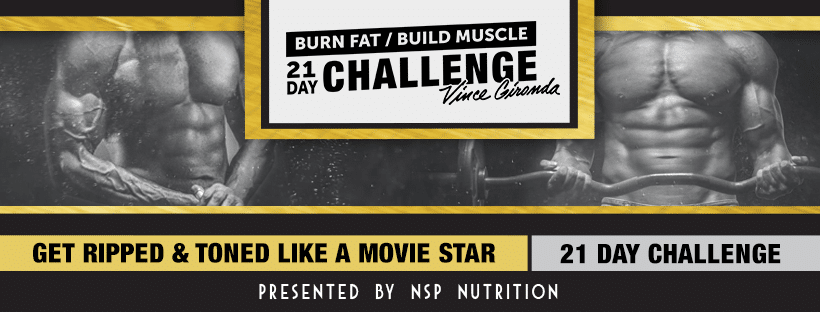

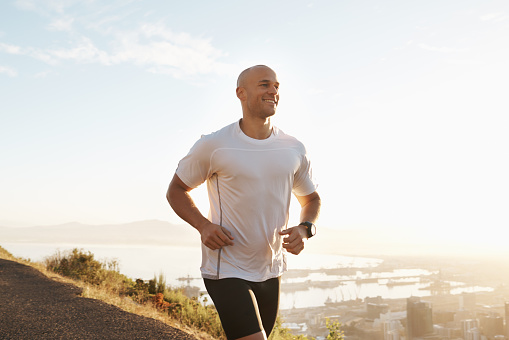


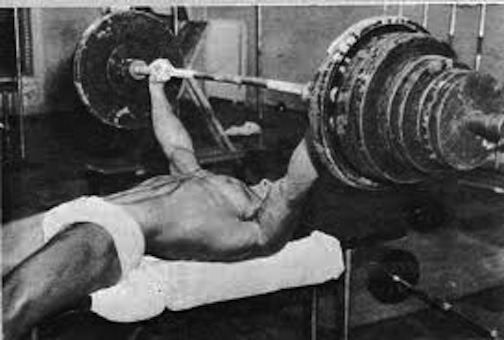
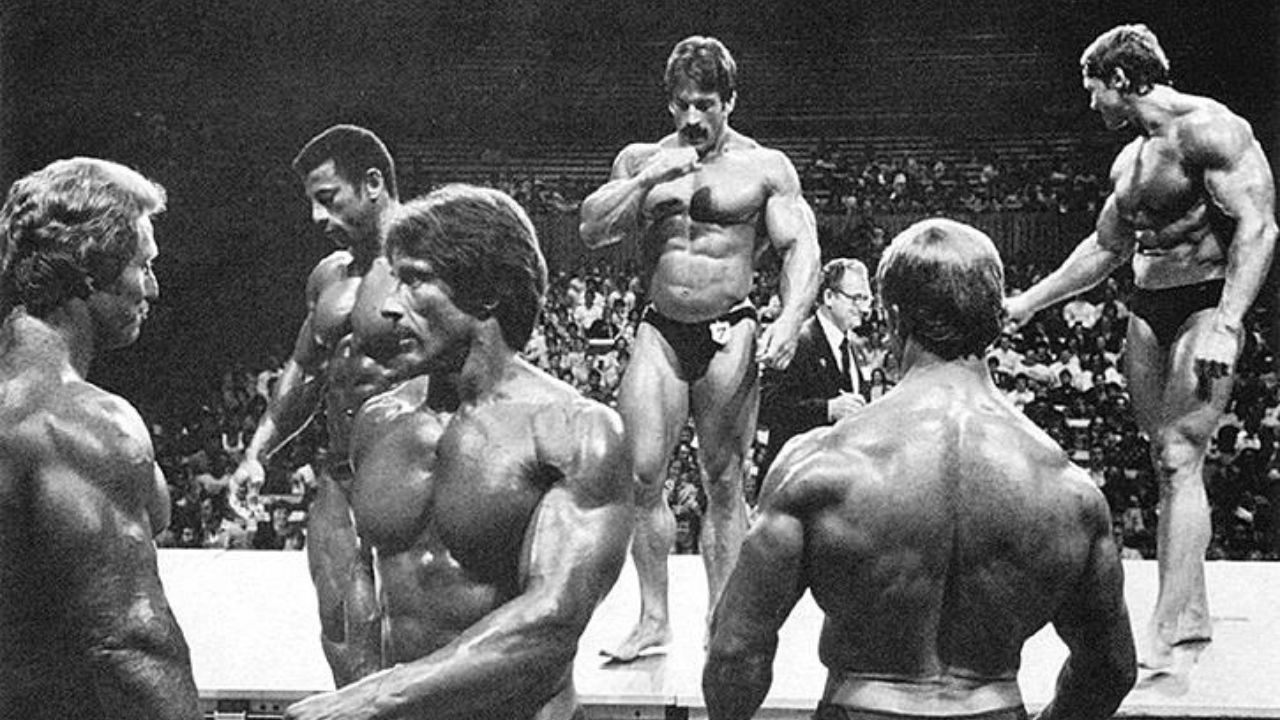
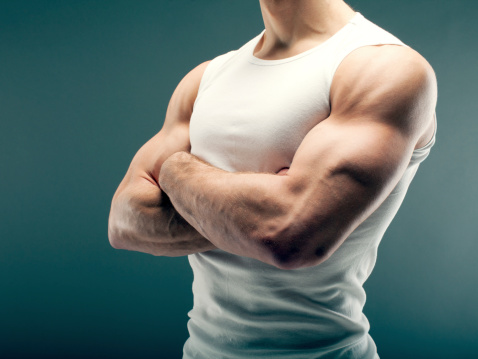

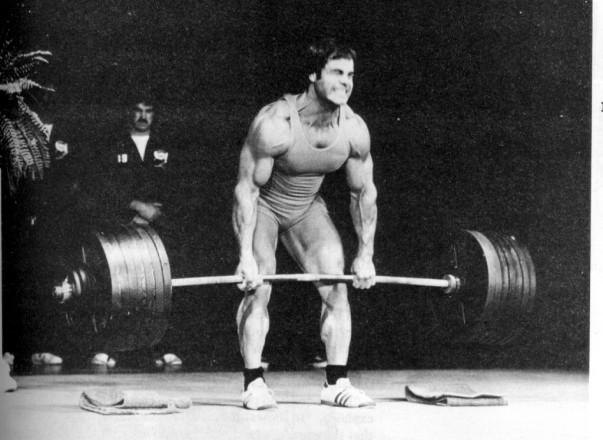

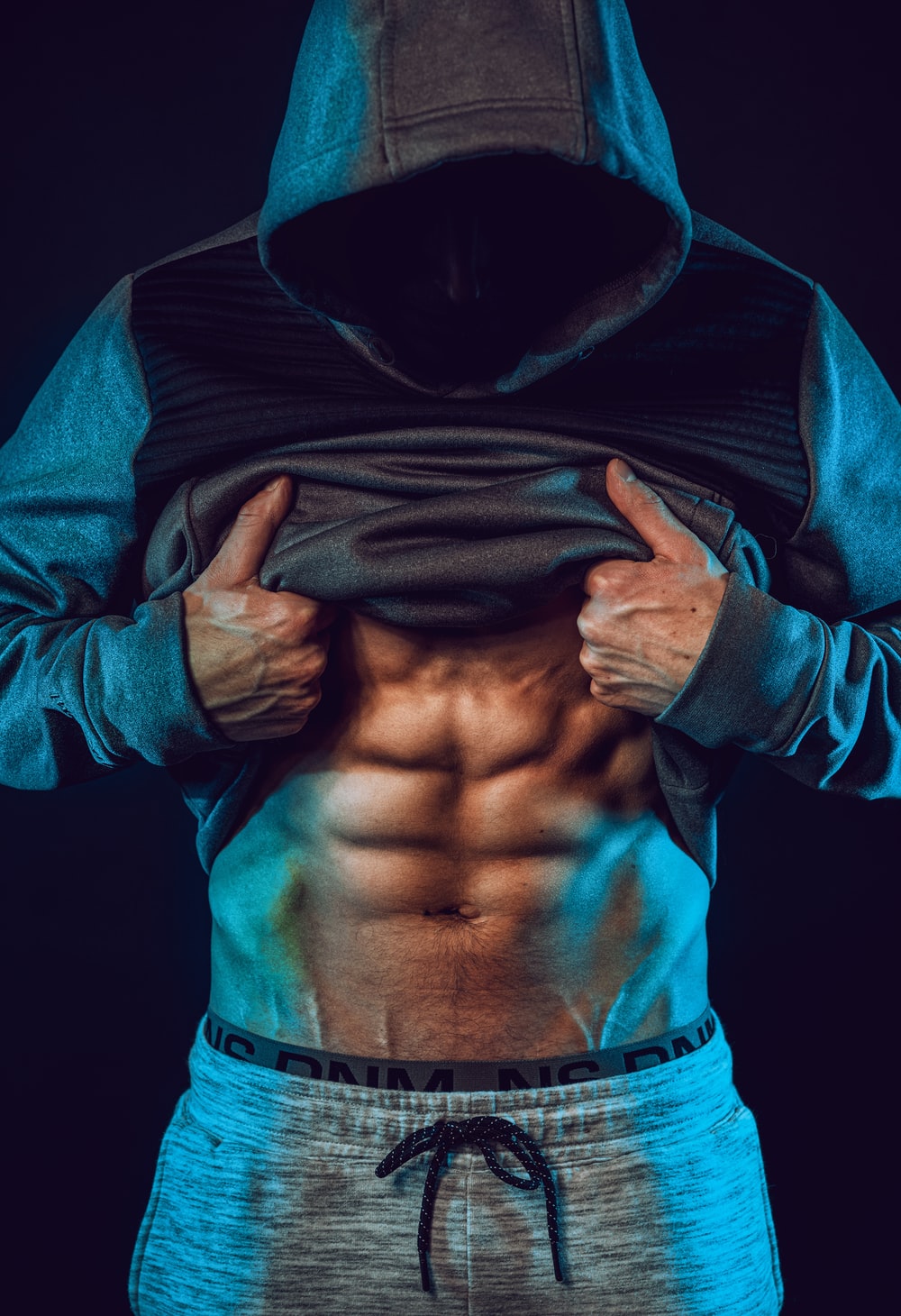


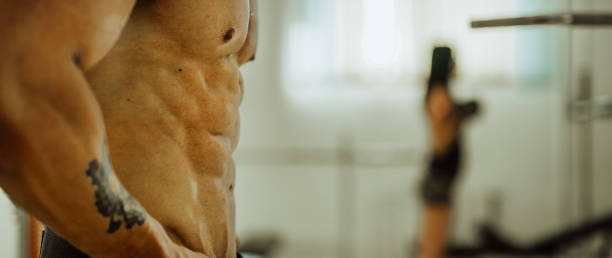
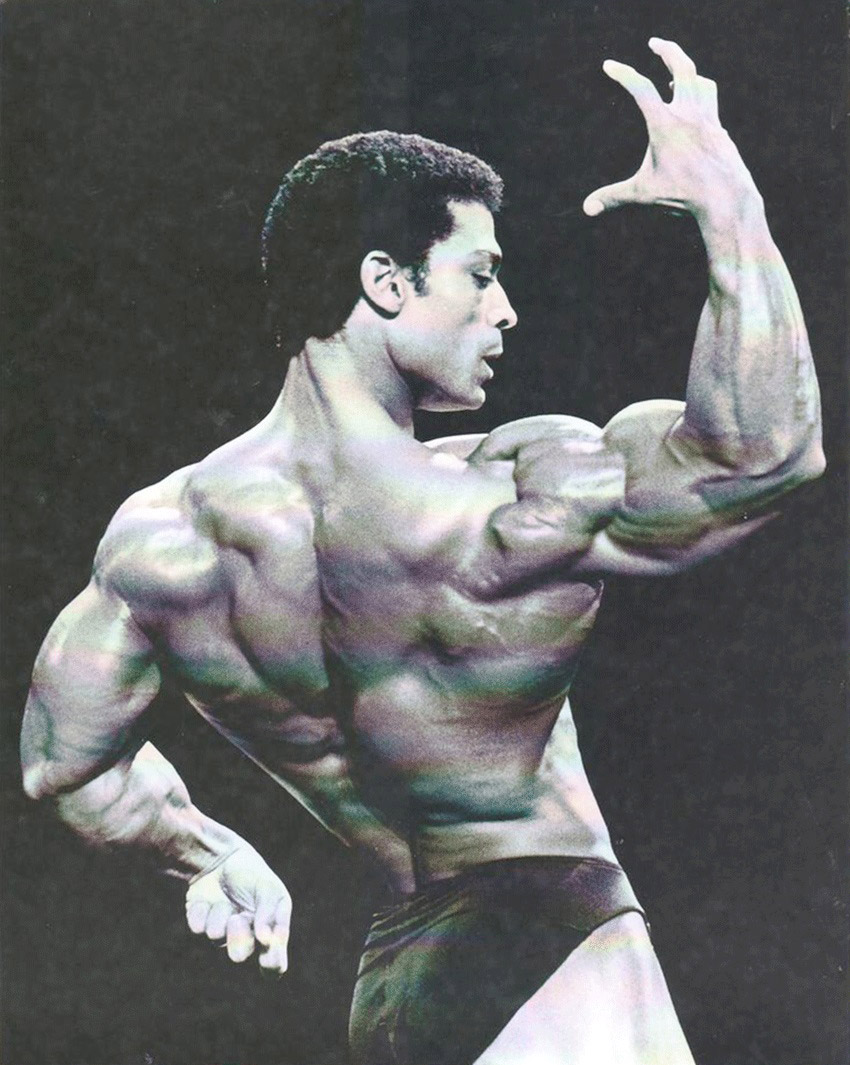

People reacted to this story.
Show comments Hide comments[…] workouts use very minimal equipment: Back in the day they made do with what they had and still had outstanding results […]